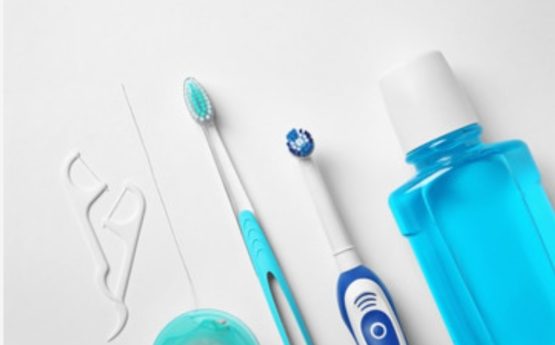Oral Hygiene
INTRODUCTION: –
Certain patients are prone to oral problems because of a lack of knowledge. Good oral hygiene includes daily stimulation of the gums and brushing of teeth.
ORAL HYGIENE: –
It is cleaning the teeth and the oral cavity of the patient. It includes measures to prevent the spread of disease from the mouth and increase the comfort of the patient.
PURPOSES: –
> To maintain the health of teeth, tongue, lips, and oral tissues
> To remove calculus and stains from and between the teeth.
> To stimulate the appetite.
> To provide a sense of well-being.
> To remove bacteria and food particles.
> To prevent wounds and ulcers in the mouth
> To prevent discomfort resulting from halitosis and taste alteration.
> To prevent gum inflammation and infection.
> To prevent the dryness of oral surfaces.
> To prevent injures which result in ulceration.
> To maintain the intactness and health of the oral cavity and health of the lips.
> To prevent oral infections.
> To clean and moisten the membranes of the mouth and lips.
COMPLICATIONS: –
LOCAL COMPLICATIONS:
1} Halitosis
2} Stomatitis
3} Pyorrhoea
4} Root abscess
5} Tonsillitis
6} Sinusitis
7} Parotitis
8} Glossitis
9} Sores and crust
10} Otitis media
GENERAL COMPLICATIONS:
1} Inhalation pneumonia
2} Nephritis
3} Joint disease
4} Rheumatic Heart disease
5} Loss of appetite
HOW TO IDENTIFY TOOTH DECAY:
Food getting stuck between teeth and bad breath, toothache, tooth sensitivity.
Prevention of tooth caries:
> Good oral hygiene habits
> Fluoride application
> Scaling
> Pit and fissures sealants
WHY SCALING IS IMPORTANT?
> Removal of infected deposits – plaques, calculus, and stains from surfaces of the teeth.
> Simple procedure by a dentist to keep gums healthy.
TREATMENT OF CARIES:
> Silver amalgam and composite
> Root canal treatment
> Extraction
PREVENTION OF HALITOSIS:
> Treatment of the problem
> Dental treatment
> Smoking cessation
> Avoid certain foods
> Keep the mouth hydrated.
PREVENTION OF TOOTH SENSITIVITY:
> Correct brushing technique
> Do not brush immediately after eating
> Reduce / stop carbonated drinks
> Uses for straw for minimal contact with teeth.
> Uses of sugar-free chewing gums.
TREATMENT:
> Scaling
> Restorations
> Crowns
> Caps
> Fluoride application
> Periodontal Surgery
HABITS: –
BRUSHING –
< Twice daily
< choose the correct brush and correct brushing technique.
FLOSSING-
< remove plaque and calculus from the areas where the brush cannot reach.
< Best done before brushing.
MOUTHWASHES:
< Best done 1 hour after brushing.
< take under dentist advice
< Chlorhexidine/fluoride/anti-sensitivity.
TOOTHPASTE:
< Fluoridated toothpaste.
< Non-fluoridated tooth {kids <3 yrs.}
DIET:
> Avoid eating sweets and sticky foods, aerated drinks.
> Eat food rich in fiber.
> Fruits and vegetables
> Drinking plenty of water.
> Drinking less amount of water in-between meals
> Rinse your mouth after meals.
MAKE THE CONNECTION!
A healthy mouth means HEALTHY BODY.
Eating a balanced diet with fiber-rich foods will improve oral health and general health.
CONCLUSION:
> Strengthen the tooth enamel with the appropriate fluorides.
> Protect the chewing surfaces of teeth using dental sealants.
> Brush and floss twice daily a day to remove bacteria.
> Limit serving of carbohydrate food and increase taking more fiber foods.
INTERESTING FACTS:
- The average person spends around 39 total days maintaining oral hygiene in his lifetime.
- People drinking 3 to 4 glasses of soda a day have more caries and tooth loss than other normal people.
- Flossing cleans your teeth for more than 40 percent.
- Right-hand people tend to chew food on the right side of the mouth same as the left-hand does as well.
- The blue toothbrush is commonly used than any other color.
- Tongue prints are unique same as your lip prints and fingerprints.
- Just like fingerprints, tooth prints are also unique in each person.
- The average time of brushing in adults is 45 to 50 seconds.
- Plaque contains around 350 species of bacteria.
- There are about 12 teaspoons of refined sugar in a single can of carbonated drink.

